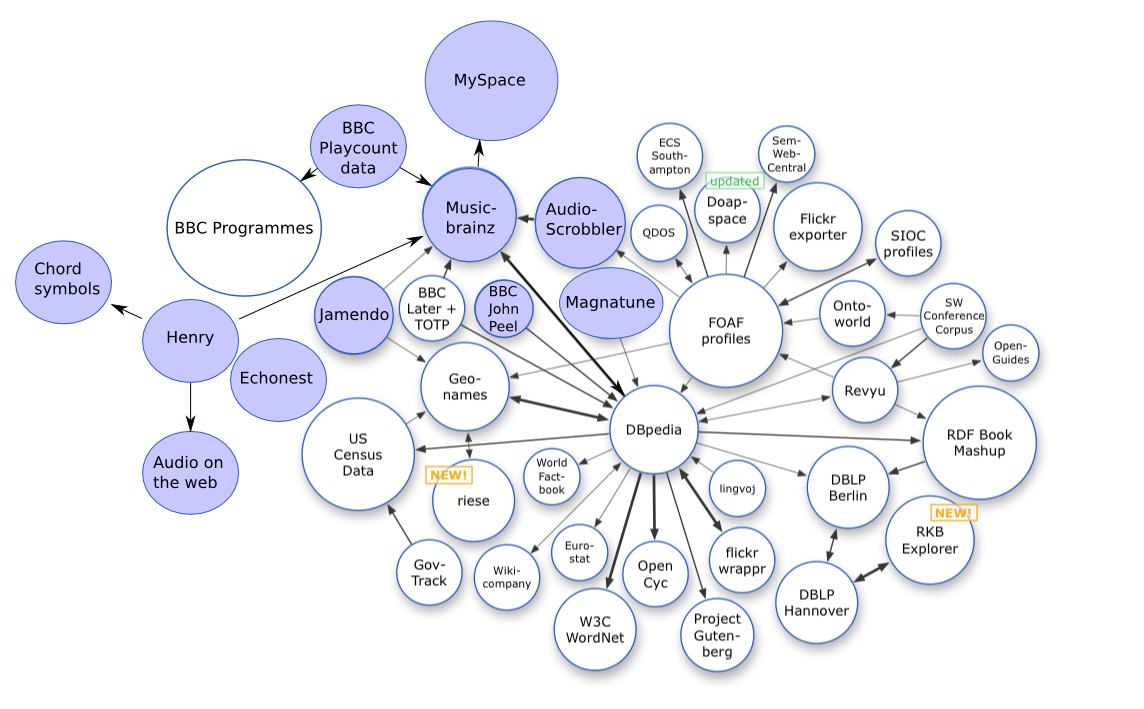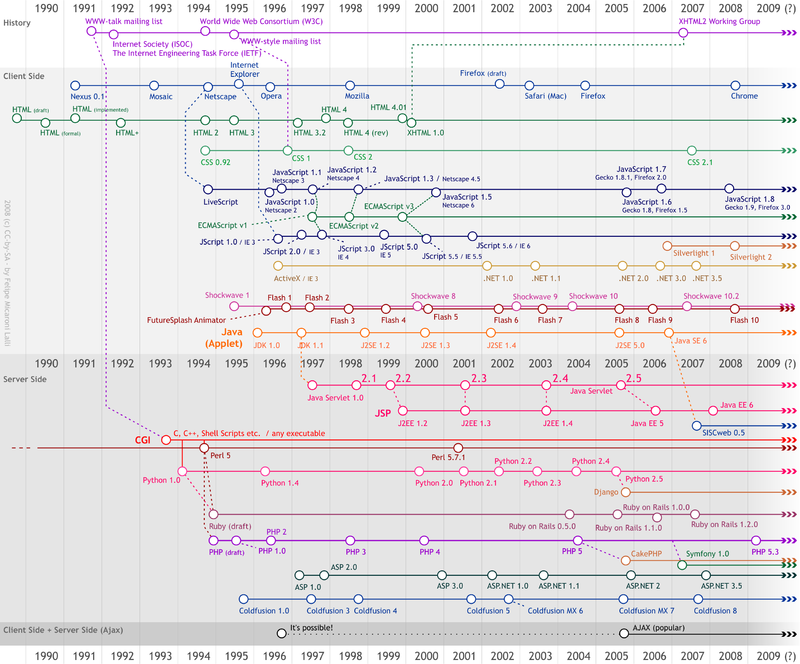|
Mainzed
mainzed ( aɪ̯nt͡sed acronym for Mainz Centre for Digitality in the Humanities and Cultural Studies) is a joint initiative of six scientific institutions to promote digital methodology in the humanities and cultural sciences in Mainz, Germany. It was founded in the context of the academic annual celebration of the Academy of Sciences and Literature Mainz on 6 November 2015. Partners of mainzed are the Academy of Sciences and Literature Mainz (ADW), the Mainz University of Applied Sciences (HS Mainz), the Institute for Historical Regional Studies at the University of Mainz (IGL), the Johannes Gutenberg University Mainz (JGU), the Leibniz Institute of European History Mainz (IEG) and the Romano-Germanic Central Museum Mainz – Archaeological research institute (RGZM). History mainzed is based on several long-term cooperations between larger institutions in Mainz including the six partners from the founding phase. The collaborations already began in 1997 between the ''Inst ... [...More Info...] [...Related Items...] OR: [Wikipedia] [Google] [Baidu] |
Leibniz Institute Of European History
The Leibniz Institute of European History (IEG) in Mainz, Germany, is an independent, public research institute that carries out and promotes historical research on the foundations of Europe in the early and late Modern period. Though autonomous in nature, the IEG has close connections to the Johannes Gutenberg University Mainz. In 2012, it joined the Leibniz Association. History of the institute Founded in 1950 on the initiative of Raymond Schmittlein, the head of the Direction Générale des Affaires Culturelles of the French military government, the new institution had the aim of helping to overcome the longstanding nationalist and confessional divides between the European states and their populations through “non-prejudiced” historical research and, in so doing, to support Franco-German reconciliation in particular. Specifically, it was intended that research conducted at the institute would assist a revision (“detoxification”) of the history (text)books, and eventual ... [...More Info...] [...Related Items...] OR: [Wikipedia] [Google] [Baidu] |
Klaus Pietschmann
Klaus Pietschmann (born in 1972) is a German musicologist. Since 2009 he has been teaching at the University of Mainz. Career Born in Cologne, Pietschmann studied musicology and Medieval studies at the University of Cologne, at the University of Florence and at the University of Münster. In 1997/98 he was at the German Historical Institute in Rome and received his habilitation in 2000 with a thesis on ''Church music between tradition and reform. The Papal Chapel and its repertoire under Pope Paul III''. Subsequently, he worked until 2003 in the Rheinische Friedrich-Wilhelms-Universität Bonn and Cologne in a research project on . From 2003 to 2006 he was assistant to Hans-Joachim Hinrichsen and Laurenz Lütteken at the University of Zurich, where he also received his habilitation. From 2006 to 2009 he held assistant and guest professorships at the University of Bern and the University of Graz. In 2009 he was appointed to the Institute for Musicology at the University of Mainz. P ... [...More Info...] [...Related Items...] OR: [Wikipedia] [Google] [Baidu] |
Kai-Christian Bruhn
Kai-Christian Bruhn (born 24 January 1970) is a German computational archaeologist from the Mainz University of Applied Sciences, with expertise in geoinformatics. He was involved in the discovery of a colossal Ramses II statue in Egypt. As director of mainzed, Kai-Christian Bruhn received the academy prize of the Rhineland-Palatinate Rhineland-Palatinate ( , ; german: link=no, Rheinland-Pfalz ; lb, Rheinland-Pfalz ; pfl, Rhoilond-Palz) is a western state of Germany. It covers and has about 4.05 million residents. It is the ninth largest and sixth most populous of the ... state in December 2017 in recognition of his interdisciplinary work in teaching and research. References Classical archaeologists Archaeologists from Rhineland-Palatinate 1970 births Living people University of Applied Sciences, Mainz faculty {{Germany-archaeologist-stub ... [...More Info...] [...Related Items...] OR: [Wikipedia] [Google] [Baidu] |
Mainz
Mainz () is the capital and largest city of Rhineland-Palatinate, Germany. Mainz is on the left bank of the Rhine, opposite to the place that the Main (river), Main joins the Rhine. Downstream of the confluence, the Rhine flows to the north-west, with Mainz on the left bank, and Wiesbaden, the capital of the neighbouring state Hesse, on the right bank. Mainz is an independent city with a population of 218,578 (as of 2019) and forms part of the Frankfurt Rhine-Main, Frankfurt Rhine-Main Metropolitan Region. Mainz was founded by the Roman Empire, Romans in the 1st century BC as a military fortress on the northernmost frontier of the empire and provincial capital of Germania Superior. Mainz became an important city in the 8th century AD as part of the Holy Roman Empire, capital of the Electorate of Mainz and seat of the Elector of Mainz, Archbishop-Elector of Mainz, the Primate (bishop), Primate of Germany. Mainz is famous as the birthplace of Johannes Gutenberg, the inventor of ... [...More Info...] [...Related Items...] OR: [Wikipedia] [Google] [Baidu] |
Natural-language Processing
Natural language processing (NLP) is an interdisciplinary subfield of linguistics, computer science, and artificial intelligence concerned with the interactions between computers and human language, in particular how to program computers to process and analyze large amounts of natural language data. The goal is a computer capable of "understanding" the contents of documents, including the contextual nuances of the language within them. The technology can then accurately extract information and insights contained in the documents as well as categorize and organize the documents themselves. Challenges in natural language processing frequently involve speech recognition, natural-language understanding, and natural-language generation. History Natural language processing has its roots in the 1950s. Already in 1950, Alan Turing published an article titled "Computing Machinery and Intelligence" which proposed what is now called the Turing test as a criterion of intelligence, tho ... [...More Info...] [...Related Items...] OR: [Wikipedia] [Google] [Baidu] |
Prosopographical Network
A prosopographical network is a system which represents a historical group made up by individual actors and their interactions within a delimited spatial and temporal range. The network science methodology offers an alternative way of analyzing the patterns of relationships, composition and activities of people studied in their own historical context. Since prosopography examines the whole of a past society, its individuals who made it up, and its structure, this independent science of social history uses a collective study of biographies of a well-defined group, in a multiple career analysis, for collecting and interpreting relevant quantities of data, these same set of data can be employed for constructing a network of the studied group. Prosopographical network studies have emerged as a young and dynamic field in historical research; nevertheless, the category of prosopographical network is in its formative, initial phase and as a consequence it is hard to view as a stable and defi ... [...More Info...] [...Related Items...] OR: [Wikipedia] [Google] [Baidu] |
Open Data
Open data is data that is openly accessible, exploitable, editable and shared by anyone for any purpose. Open data is licensed under an open license. The goals of the open data movement are similar to those of other "open(-source)" movements such as open-source software, hardware, open content, open specifications, open education, open educational resources, open government, open knowledge, open access, open science, and the open web. The growth of the open data movement is paralleled by a rise in intellectual property rights. The philosophy behind open data has been long established (for example in the Mertonian tradition of science), but the term "open data" itself is recent, gaining popularity with the rise of the Internet and World Wide Web and, especially, with the launch of open-data government initiatives such as Data.gov, Data.gov.uk and Data.gov.in. Open data can be linked data - referred to as linked open data. One of the most important forms of open data is o ... [...More Info...] [...Related Items...] OR: [Wikipedia] [Google] [Baidu] |
Linked Data
In computing, linked data (often capitalized as Linked Data) is structured data which is interlinked with other data so it becomes more useful through semantic queries. It builds upon standard Web technologies such as HTTP, RDF and URIs, but rather than using them to serve web pages only for human readers, it extends them to share information in a way that can be read automatically by computers. Part of the vision of linked data is for the Internet to become a global database. Tim Berners-Lee, director of the World Wide Web Consortium (W3C), coined the term in a 2006 design note about the Semantic Web project. Linked data may also be open data, in which case it is usually described as Linked Open Data. Principles In his 2006 "Linked Data" note, Tim Berners-Lee outlined four principles of linked data, paraphrased along the following lines: #Uniform Resource Identifiers (URIs) should be used to name and identify individual things. #HTTP URIs should be used to allow these thing ... [...More Info...] [...Related Items...] OR: [Wikipedia] [Google] [Baidu] |
Web Development
Web development is the work involved in developing a website for the Internet (World Wide Web) or an intranet (a private network). Web development can range from developing a simple single static page of plain text to complex web applications, electronic businesses, and social network services. A more comprehensive list of tasks to which Web development commonly refers, may include Web engineering, Web design, Web content development, client liaison, client-side/server-side scripting, Web server and network security configuration, and e-commerce development. Among Web professionals, "Web development" usually refers to the main non-design aspects of building Web sites: writing markup and coding. Web development may use content management systems (CMS) to make content changes easier and available with basic technical skills. For larger organizations and businesses, Web development teams can consist of hundreds of people (Web developers) and follow standard methods like Agil ... [...More Info...] [...Related Items...] OR: [Wikipedia] [Google] [Baidu] |
Historical Geographic Information System
A historical geographic information system (also written as historical GIS or HGIS) is a geographic information system that may display, store and analyze data of past geographies and track changes in time. It can be regarded as a tool for historical geography. Techniques used in HGIS * Digitization and georeferencing of historical maps: Old maps may contain valuable information about the past. By adding coordinates to such maps, they may be added as a feature layer to modern GIS data: This facilitates comparison of different map layers showing the geography at different times. The maps may be further enhanced by techniques such as rubbersheeting, which spatially warps the data to fit with more accurate modern maps. * Reconstruction of past boundaries: By creating polygons of former political entities, administrative sub-divisions and other types of borders, their evolution as well as aggregated statistics can be compared through time. * Georeferencing of historical microdata (such ... [...More Info...] [...Related Items...] OR: [Wikipedia] [Google] [Baidu] |




